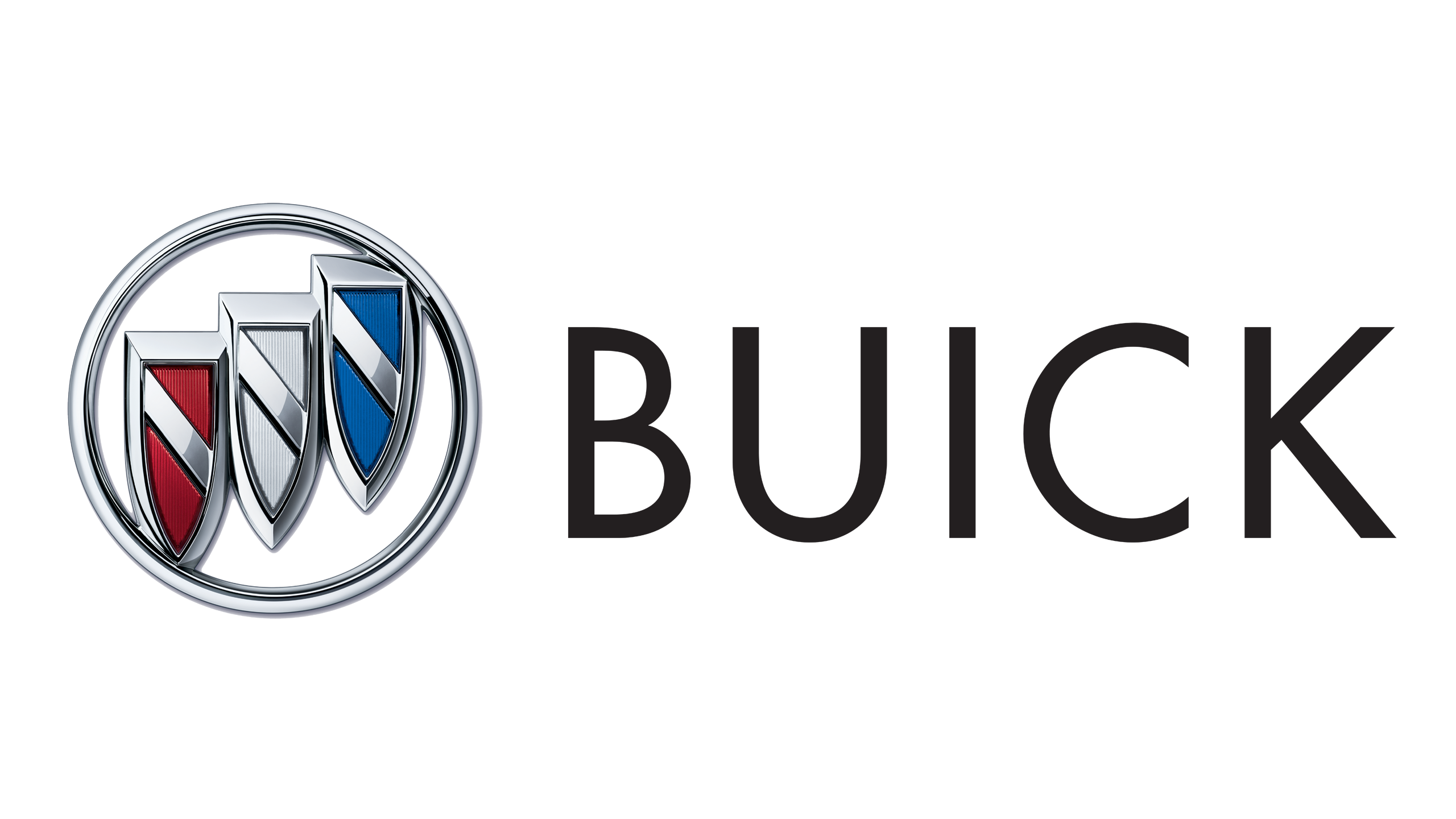Buick - Reatta - Workshop Manual - 1955 - 1955
Get your hands on the complete Buick factory workshop software
Download nowGet your hands on the Complete Buick Factory Workshop Software
Download nowGet notified when we add a new BuickOther Model Manual
We cover 60 Buick vehicles, were you looking for one of these?

2001-2005--Buick--Century--6 Cylinders J 3.1L FI OHV--32624201

2001-2005--Buick--Rendezvous AWD--6 Cylinders E 3.4L MFI OHV--32909702

Buick - Park Avenue - Repair Guide - (1997)

1997-2000--Buick--Century--6 Cylinders M 3.1L FI OHV--32310301

2006-2007--Buick--Rendezvous 2WD--6 Cylinders L 3.5L FI OHV--33023203

Buick Lucerne Workshop Manual (V6-3.8L VIN 2 (2006))

1988-1996--Buick--Regal--6 Cylinders L 3.8L FI OHV--31892402

1982-1996--Buick--Century--6 Cylinders N 3.3L MFI OHV--31030403

Buick - Lucerne - Workshop Manual - 2006 - 2008

2001-2005--Buick--Regal--6 Cylinders 1 3.8L FI SC OHV--32624402

Buick Lucerne Workshop Manual (V6-3.8L (2007))

1992--Buick--Roadmaster--8 Cylinders P 5.7L MFI OHV--31953601

2001-2005--Buick--Rendezvous AWD--6 Cylinders E 3.4L MFI OHV--32670701

Buick Buick Skylark Buick Skylark 1971 Owners Manual

1982-1996--Buick--Century--6 Cylinders N 3.3L MFI OHV--31892102

Buick - Riviera - Wiring Diagram - 1986 - 1989

1997-2000--Buick--Regal--6 Cylinders K 3.8L FI OHV--32570101

Buick Lucerne Workshop Manual (V6-3.9L (2009))

2006--Buick--Terraza 2WD--6 Cylinders 1 3.9L MFI OHV--33024502

Buick - Century - Owners Manual - 2001 - 2005

Buick Buick Rendezvous 2006 Buick Rendezvous Owners Manual

Buick Buick Enclave Buick Enclave 2010 Workshop Manual

Buick Buick Riviera Buick Riviera 1963 1965 Misc Documents Wiring Diagrams

1975-1990--Buick--Electra--6 Cylinders 4 4.1L 4BL OHV--31255901

2006-2007--Buick--Rainier 2WD--6 Cylinders S 4.2L MFI DOHC--33026701

1988-1996--Buick--Regal--6 Cylinders M 3.1L FI OHV--32138201

1975-1990--Buick--Electra--8 Cylinders Y 5.0L 4BL OHV--31167502

Buick - Enclave - Owners manual - 2010 - 2011

2001-2005--Buick--Regal--6 Cylinders K 3.8L FI OHV--32910202

Buick Buick Regal 2011 Buick Regal Owners Manual

Buick Buick Roadmaster Buick Roadmaster 1996 Workshop Manual Estate Wagon V8 5.7L

Buick Buick Rendezvous 2002 Buick Rendezvous Owners Manual

Buick - Regal - Owners Manual - 1996 - 1996

1997-2000--Buick--Regal--6 Cylinders 1 3.8L FI SC OHV--32570102

Buick - Enclave - Workshop Manual - 2011 - 2016

Buick Buick Rendezvous 2004 Buick Rendezvous Owners Manual

Buick Buick Rendezvous 2007 Buick Rendezvous Owners Manual

1985-98--Buick--Skylark--4 Cylinders T 2.4L FI DOHC--32338301

1982-1996--Buick--Century Estate Wagon--6 Cylinders 3 3.8L MFI OHV--31673603

Buick - Enclave - Owners Manual - 2018 - 2018

1975-1990--Buick--Electra Park Avenue Ultra--6 Cylinders C 3.8L MFI OHV--32516501

1988-1996--Buick--Regal--6 Cylinders W 2.8L MFI OHV--31060501

1982-1996--Buick--Century--6 Cylinders W 2.8L MFI OHV--31030402

Buick - Rainier - Workshop Manual - (2007)

Buick Buick Regal 2001 Buick Regal Owners Manual

Buick - Enclave - Owners manual - 2011 - 2012

Buick - Regal - Owners Manual - 2015 - 2015

1988-1996--Buick--Regal--6 Cylinders W 2.8L MFI OHV--31031001

Buick - Enclave - Workshop Manual - 2008 - 2009 (2)

1982-1996--Buick--Century Estate Wagon--6 Cylinders 3 3.8L MFI OHV--31648603

Buick Buick Rendezvous 2005 Buick Rendezvous Owners Manual

Buick Century Workshop Manual (L4-151 2.5L (1989))

Buick Buick Century 2002 Buick Century Owners Manual

Buick Buick Century 1996 Buick Century Owners Manual

Buick Buick Skylark Buick Skylark 1963 Misc Documents Brochure

Buick Buick Skylark Buick Skylark 1964 Misc Documents Parts Catalogue

1997-2000--Buick--Regal--6 Cylinders 1 3.8L FI SC OHV--32524801

Buick - Lucerne - Owners Manual - 2007 - 2007

1982-1996--Buick--Century Estate Wagon--6 Cylinders E 3.0L 2BL OHV--31673602

Buick Buick Enclave 2009 Buick Enclave Owners Manual

2001-2005--Buick--Century--6 Cylinders J 3.1L FI OHV--32624201

2001-2005--Buick--Rendezvous AWD--6 Cylinders E 3.4L MFI OHV--32909702

Buick - Park Avenue - Repair Guide - (1997)

1997-2000--Buick--Century--6 Cylinders M 3.1L FI OHV--32310301

2006-2007--Buick--Rendezvous 2WD--6 Cylinders L 3.5L FI OHV--33023203

Buick Lucerne Workshop Manual (V6-3.8L VIN 2 (2006))

1988-1996--Buick--Regal--6 Cylinders L 3.8L FI OHV--31892402

1982-1996--Buick--Century--6 Cylinders N 3.3L MFI OHV--31030403

Buick - Lucerne - Workshop Manual - 2006 - 2008








































































































































































































































